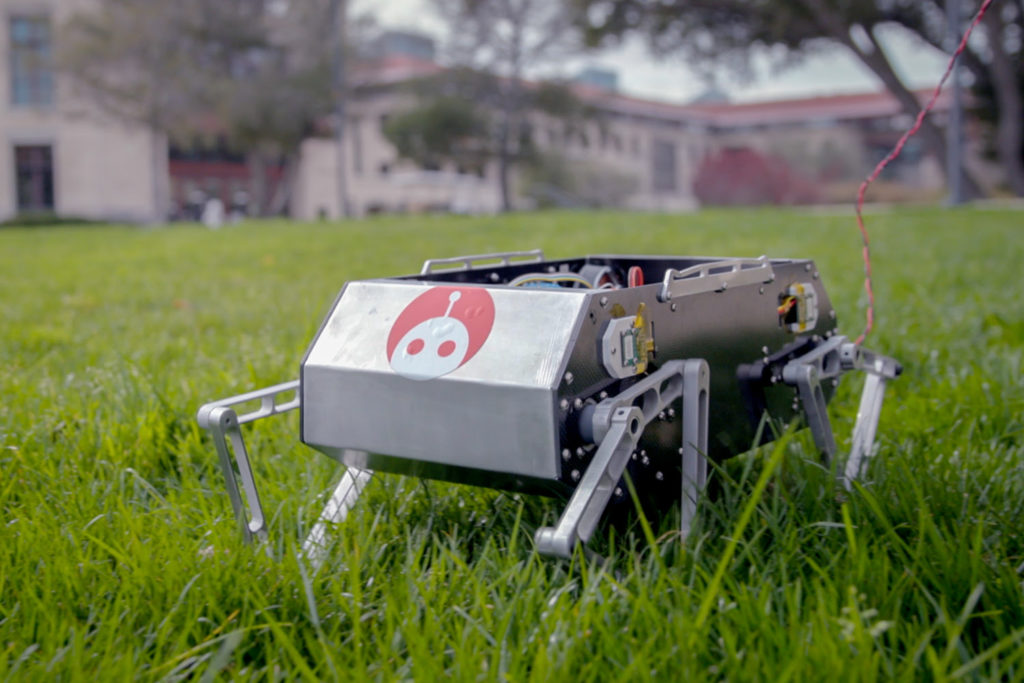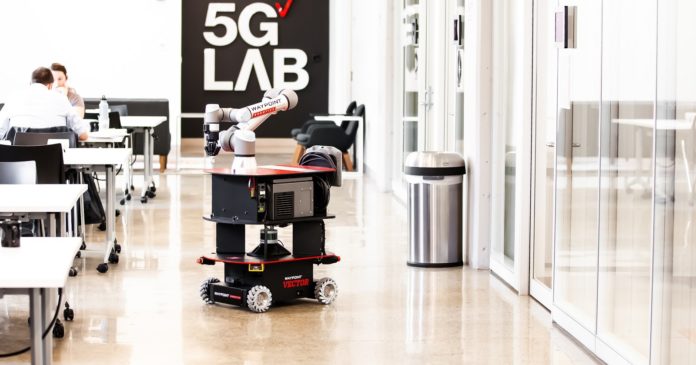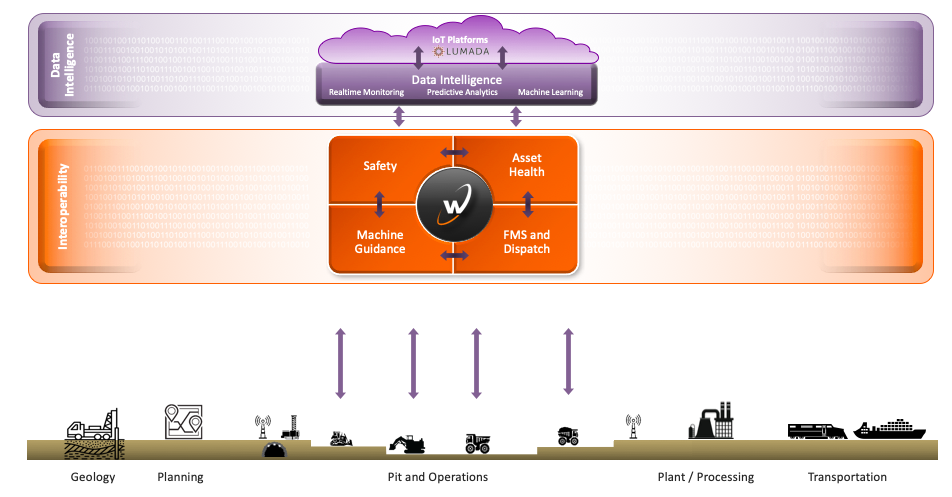Researchers at the Delft University of Technology in the Netherlands have developed highly programmable soft actuators that, similar to the human hand, combine soft and hard materials to perform complex movements. These materials have great potential for soft robots that can safely and effectively interact with humans and other delicate objects, said the TU Delft scientists.
“Robots are usually big and heavy. But you also want robots that can act delicately, for instance, when handling soft tissue inside the human body. The field that studies this issue, soft robotics, is now really taking off,” said Prof. Amir Zadpoor, who supervised the research presented the July 8 issue of Materials Horizons.
“What you really want is something resembling the features of the human hand including soft touch, quick yet accurate movements, and power,” he said. “And that’s what our soft 3D-printed programmable materials strive to achieve.”
Tunability
Owing to their soft touch, soft robotics can safely and effectively interact with humans and other delicate objects. Soft programmable mechanisms are required to power this new generation of robots. Flexible mechanical metamaterials, working on the basis of mechanical instability, offer unprecedented functionalities programmed into their architected fabric that make them potentially very promising as soft mechanisms, said the TU Delft researchers.
“However, the tunability of the mechanical metamaterials proposed so far have been very limited,” said first author Shahram Janbaz.
Programmable soft actuators
“We now present some new designs of ultra-programmable mechanical metamaterials, where not only the actuation force and amplitude, but also the actuation mode could be selected and tuned within a very wide range,” explained Janbaz. “We also demonstrate some examples of how these soft actuators could be used in robotics, for instance as a force switch, kinematic controllers, and a pick-and-place end-effector.”
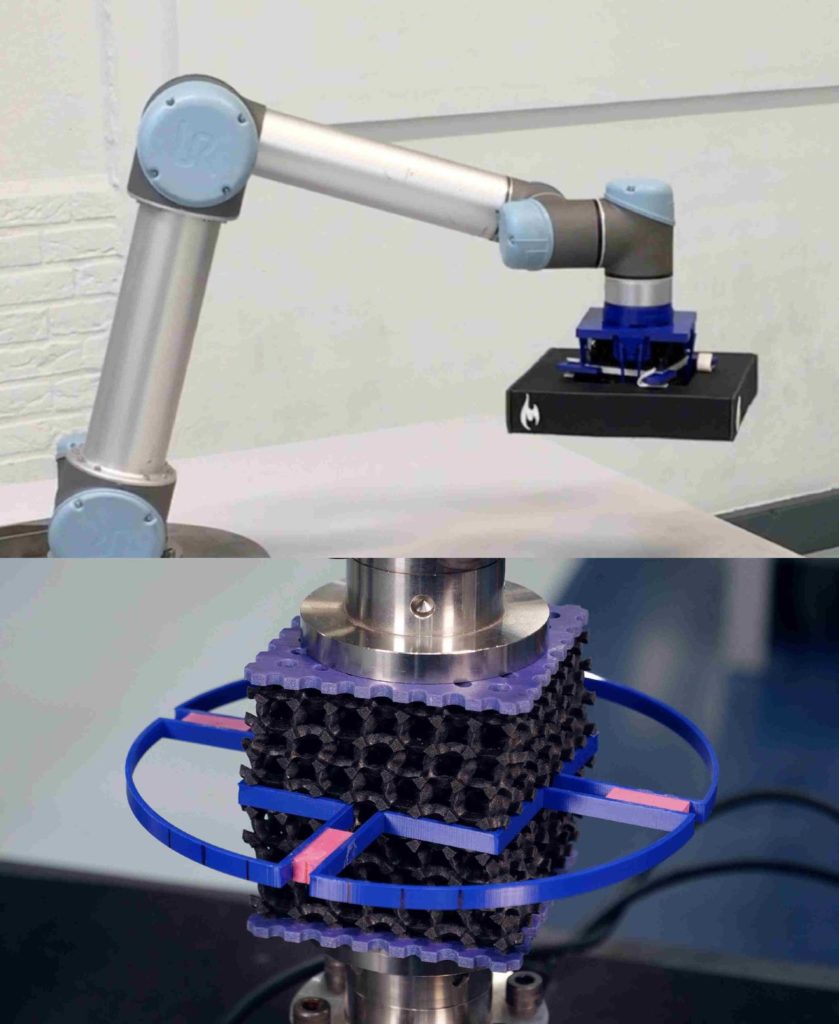
A conventional robotic arm is modified using the developed soft actuators to provide soft touch during pick-and-place tasks. Source: TU Delft
Buckling
“The function is already incorporated in the material,” Zadpoor explained. “Therefore, we had to look deeper at the phenomenon of buckling. This was once considered the epitome of design failure, but has been harnessed during the last few years to develop mechanical metamaterials with advanced functionalities.”
“Soft robotics in general and soft actuators in particular could greatly benefit from such designer materials,” he added. “Unlocking the great potential of buckling-driven materials is, however, contingent on resolving the main limitation of the designs presented to date, namely the limited range of their programmability. We were able to calculate and predict higher modes of buckling and make the material predisposed to these higher modes.”
3D printing
“So, we present multi-material buckling-driven metamaterials with high levels of programmability,” said Janbaz. “We combined rational design approaches based on predictive computational models with advanced multi-material additive manufacturing techniques to 3D print cellular materials with arbitrary distributions of soft and hard materials in the central and corner parts of their unit cells.”
“Using the geometry and spatial distribution of material properties as the main design parameters, we developed soft mechanical metamaterials behaving as mechanisms whose actuation force and actuation amplitude could be adjusted,” he said.
Editor’s note: This article republished from TU Delft.
The post Programmable soft actuators show potential of soft robotics at TU Delft appeared first on The Robot Report.
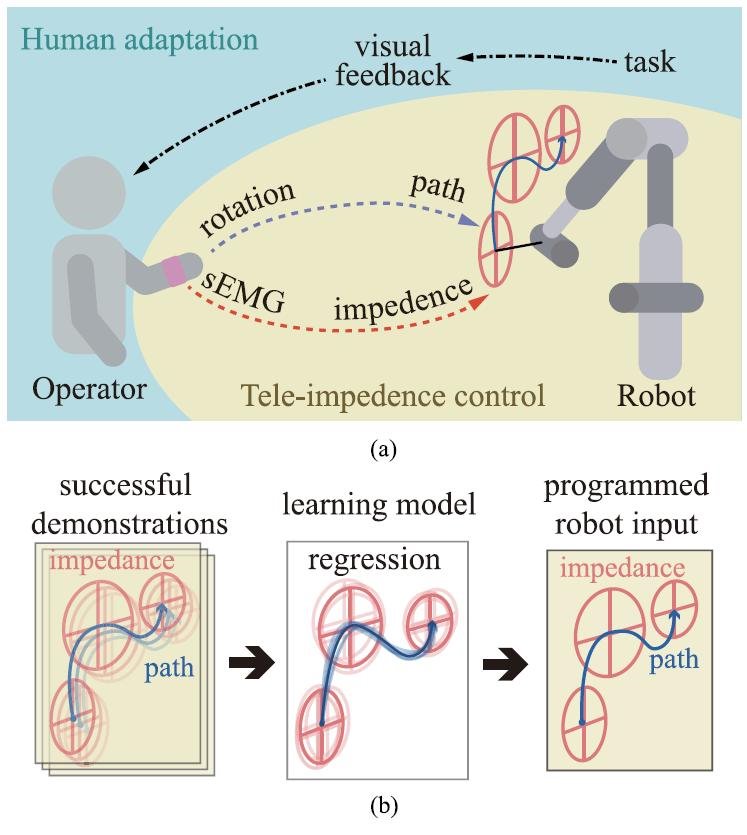
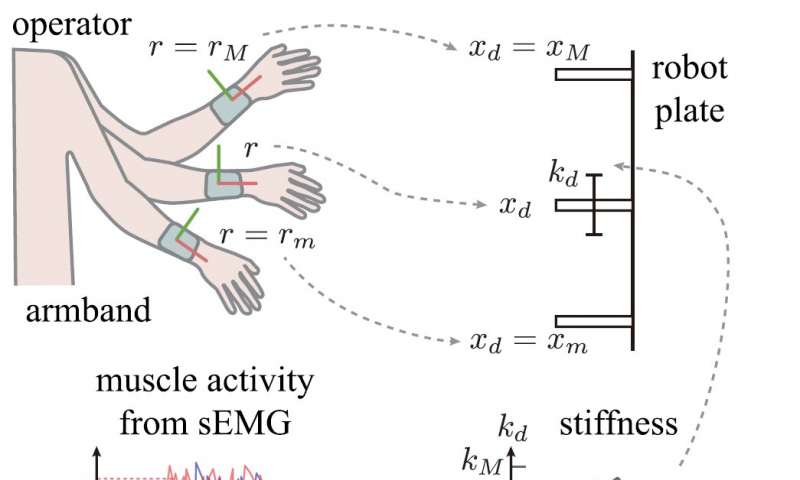
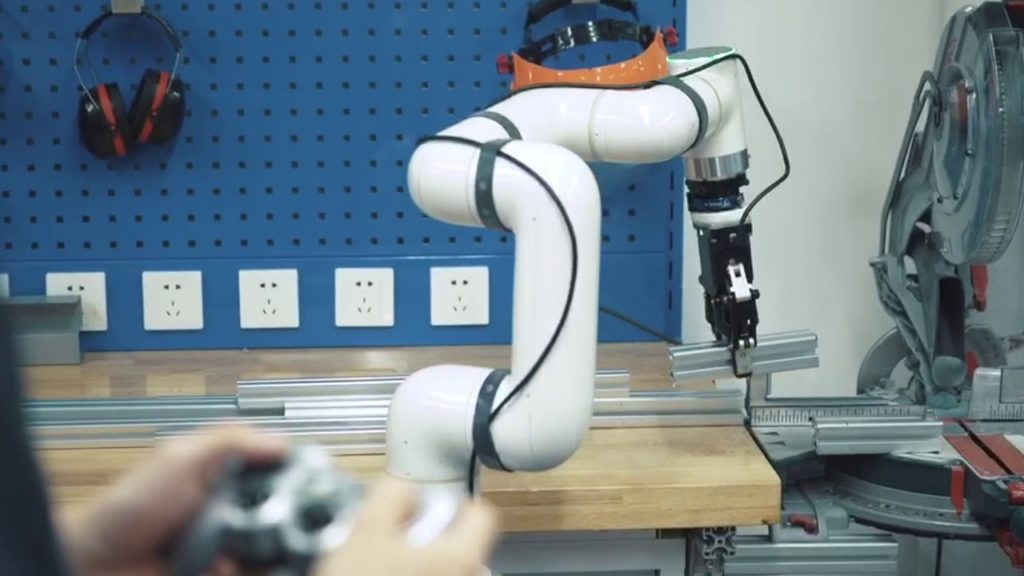
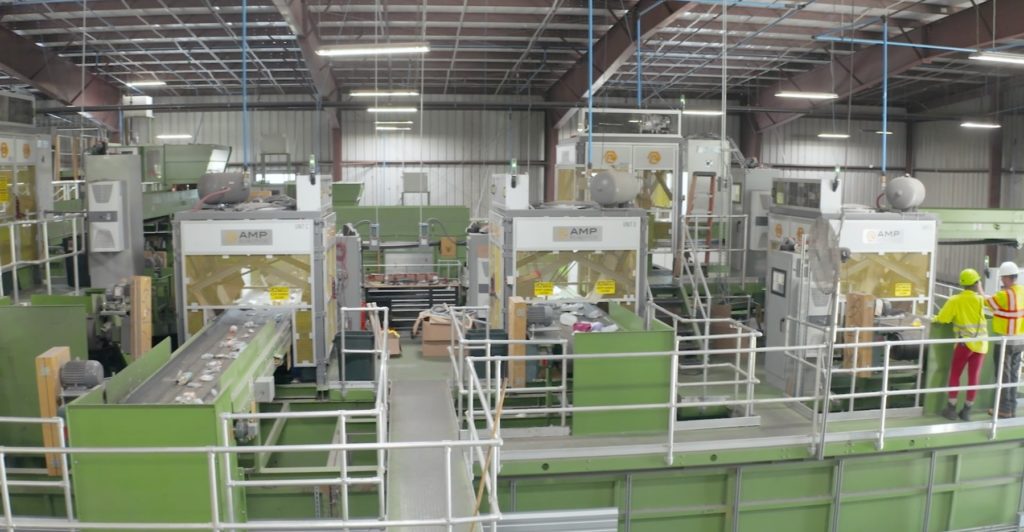

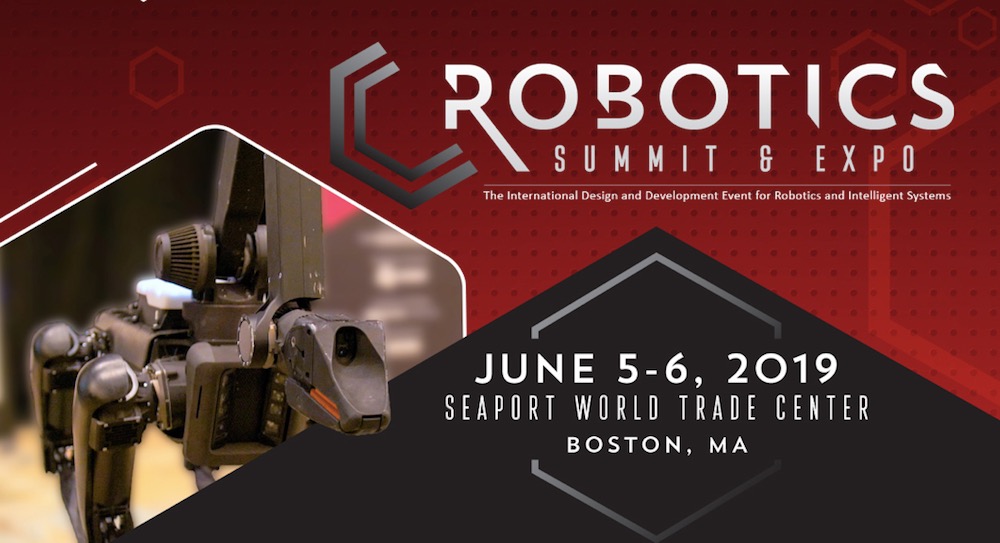 Keynotes
Keynotes